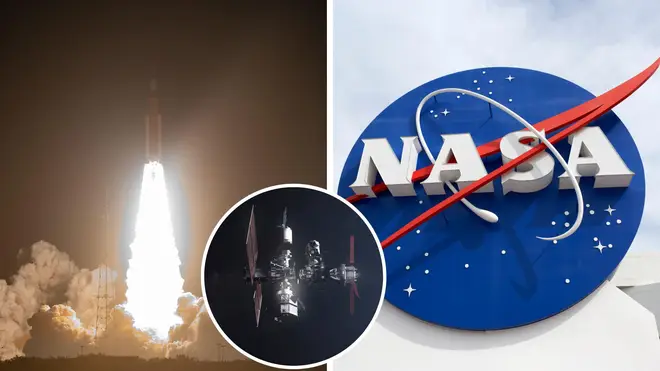
Clive Bull 1am - 4am
21 November 2022, 10:12

A leading Nasa official has said we could see people living on the Moon in this decade, after the successful launch of the Artemis rocket.
Following two aborted take off attempts in August and September due to technical issues earlier in this year, Artemis 1 launched on Wednesday from the Florida's Kennedy Space Centre.
The rocket is carrying the Orion lunar spacecraft, 'piloted' by a manikin – a model of the human - which will be used to measure the affect of the flight on the body.
Speaking to the BBC’s Laura Kuenssberg, the Orion programme manager Howard Hu spoke about of the goal of creating habitats on the lunar surface in the next few years, The Standard reported.
He said: “Certainly in this decade we are going to have people living for durations, depending on how long they are on the surface, they will have habitats, they will have rovers on the ground.
Read more: Shemima Begum is appealing against the removal of her British Citizenship today
“We are going to be sending people down to the surface, they are going to be living there on the surface and doing science.”
He added: “It’s the first step we’re taking to long-term deep space exploration, for not just the United States but for the world.
“I think this is a historic day for NASA, but it’s also a historic day for all the people who love human space flight and deep space exploration.
“I mean, we are going back to the Moon, we’re working towards a sustainable programme and this is the vehicle that will carry the people that will land us back on the Moon again.”
A new space station astronauts can work and live on called the Lunar Gateway.
He said it would act as an orbiting platform that would be staging post for missions to the moon, and that lunar missions represent important step towards manned missions to Mars.
Mr Hu added: “Moving forward is really to Mars, that is a bigger stepping stone, a two-year journey, so it’s going to be really important to learn beyond our Earth orbit.”
It's expected the mission will last 25 days, including outbound transit, the journey around the moon, satellite deployment, and the return journey before a splashdown in the Pacific Ocean.